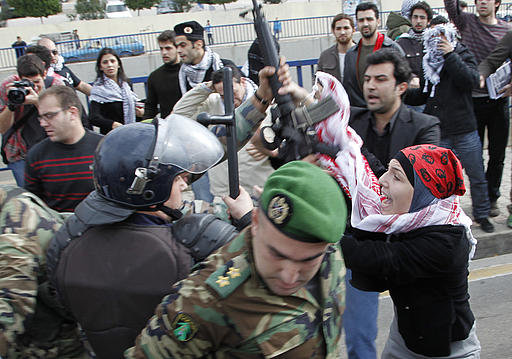Beirut – Social media has brought various religious and ethnic groups across the world closer together. Nowhere is this more apparent than in the Arab world, as demonstrated by the recent protests. Activists in this part of the world maintain that their motives are not sectarian. Indeed, the protests themselves show people of different backgrounds coming together for a common cause: change.

In Manama, a campaign for political change launched on blogs and on Facebook proclaimed: “No Sunni, No Shi’ite. Only Bahraini.” In Syria, protesters are rejecting sectarian strife and focusing on oneness, shouting: “Not Kurdish, Not Arab. We Want National Unity.” This is in addition to an online campaign started by activists with the slogan: “Are you Muslim or Christian? I am Syrian”, which grew to nearly 9,000 members. And then there is the Facebook launch of a Syrian code of honour, condemning all forms of discrimination against fellow citizens, with around 5,000 members.
Many Arab regimes banned the creation of political parties, and limited the right to associate or create civil rights groups. This meant that there was little space where religious, ethnic and cultural groups could meet and interact. Some of the ruling regimes also marginalised and oppressed religious and ethnic متابعة القراءة “Social media creating social awareness in the Arab world”








